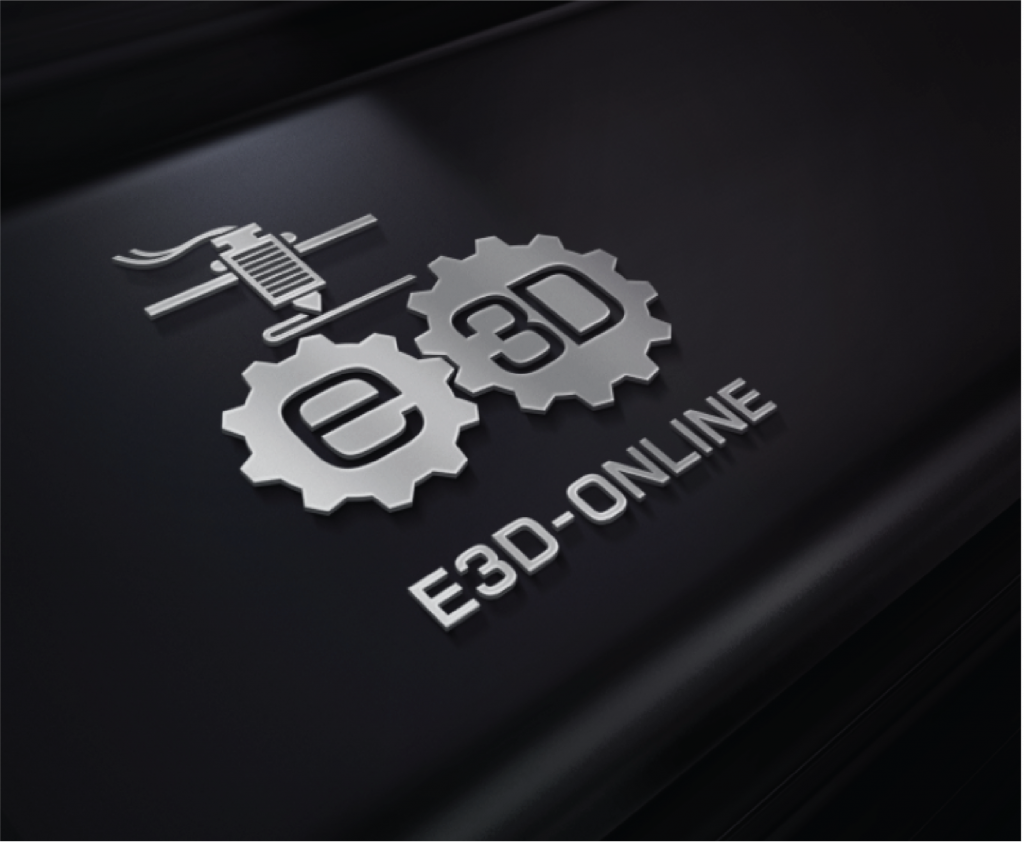TL;DR:
Go forth! Create, re-create, and modify! But don’t rip us off, please.
Recently we’ve been taking another look at how we license our products here at E3D. There’ve been a few questions about licensing and what it means to be open-source as a hardware manufacturer, so we wanted to state our position clearly and openly for the benefit of all involved.
The current process:
E3D currently registers designs for most of its products under what in the EU is called an “EU Community Registered Design.” In the US this is what’s called a “Design Patent.” They are slightly different legal concepts but effectively fulfil the same purpose of letting the world know that we’ve designed a Thing. These are not full blown patents (legally known as “Utility Patents”) of the type that patent an idea or concept. Instead, a registered design/design patent protects the “cosmetic appearance” of a product and prevents others from making and selling exact replicas. This was intended to help us remove clones that violated the Creative Commons Non-Commercial (CC-NC) license that we had used previously.
Moving forwards:
Recently we have decided to move more towards fully open source design. As such we’ve completely open sourced the E3D-v6 and have released the designs under the Open Source Hardware (OSHW)-compatible General Public Licence (GPL), finally making the E3D V6 a well and truly and open source product. While not every one of our products is included at this time, we are reconsidering licenses for a range of products and we expect to be applying the GPL to many more of our products going forward. The recently-released Titan Aero, for example, is GPL licensed.
After all, we're confident that what makes an E3D product truly worthwhile is more than just its schematics. Not only are our products manufactured with quality materials to a high standard on modern machinery, followed by a rigorous testing and QC procedure on each batch. Every single one of our heat breaks is individually checked and cleaned by hand, and we offer long-term customer service and support that is hard to find elsewhere. Buying an E3D product also means you are supporting continued innovation in the form of R&D for future E3D products. And Haribo.
What is GPL?
A GPL is built around maintaining design freedom. It offers the freedom for users to modify, tinker, and recreate hardware. However, a GPL also has the aim of protecting users from having the freedom to modify hardware taken away. Under a GPL licence, everyone is free to use and change our GPL-licensed product designs, and even sell the resulting creations. However in order to comply with the GPL, they must also make these re-worked designs open source.
From now on, for our GPL licensed products, the only use of our design rights would be against those who are not complying with the terms of the GPL license. This gives us a concrete way to enforce the open source license, which is often hard to enforce on its own (try explaining to eBay that someone is violating a clause of an open source license and should be taken down - it’s nearly impossible!).
What we promise:
Going forward, E3D products that have both an EU ‘Community Registered Design’ and/or a US ‘Design Patent’ AND a GPL assigned to them, the GPL takes precedence and GPL'd products are truly open-source hardware.
Unlike some other entities which have made wishy washy promises of maybe-probably not enforcing patents for those they interpret as 'acting in good faith', E3D is making a legally binding promise to not enforce design rights on those who comply with the terms of the GPL. Those products we apply a GPL to are absolutely and unequivocally open source.
So what does this mean in practical terms?
• Those selling derivative or cloned products must host and release their own source, even if there are no changes from our source. We consider engineering drawings and CAD to be the “source” in this case.
• Those selling derivative or cloned products may not use our trademarks anywhere on their products, listings, descriptions etc. This includes “E3D” as well as the names of our products (e.g ‘Titan’). Our source does not include the occasional embossed version of our trademark or logos (such as the E3D logo on the Titan casing). Derivatives and clones must not replicate our trademarks on their products.
• The same goes for copyrighted material such as product images and descriptions. These are not acceptable to duplicate without authorisation.
